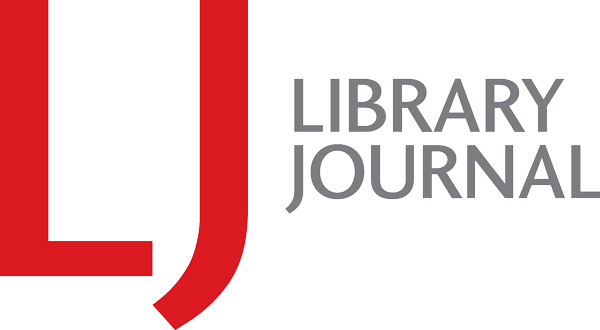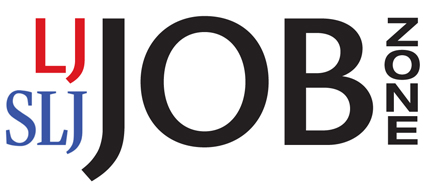New Report From Knight Foundation: “Disinformation, and Influence Campaigns on Twitter ‘Fake News'”
From Knight Foundation:
How did misinformation spread during the 2016 presidential election and has anything changed since? A new study of more than 10 million tweets from 700,000 Twitter accounts that linked to more than 600 misinformation and conspiracy news outlets answers this question, revealing that the concentrated “fake news” ecosystem active during the 2016 election is still in place today.
The study, one of the largest to date on this topic, was commissioned by Knight Foundation and produced by Matthew Hindman of The George Washington University in collaboration with Vlad Barash of the network analysis firm Graphika. Knight supported the study to improve understanding of how misinformation spreads online.
The report highlights more than 6.6 million tweets linking to fake news and conspiracy news publishers in the month before the 2016 election. The problem persisted in the aftermath of the election with 4 million tweets to fake and conspiracy news publishers found from mid-March to mid-April 2017.
More than 80 percent of accounts that repeatedly spread misinformation during the 2016 election campaign are still active, and they continue to publish more than a million tweets on a typical day.
[Clip]
The report further explores the role that coordinated trolls and automated accounts, or “bots”, play in the spread of misinformation. Specifically, it raises new questions about the extent to which foreign actors, such as Russia’s Internet Research Agency, may have been involved in these practices.
The data also shows organized efforts by trolls or automated accounts, to push content related to the so-called Pizzagate falsehood, the fight over the Dakota Access Pipeline, and documents shared by WikiLeaks, among other examples.
Key Findings
- There was a concentrated “fake news” ecosystem highly active both during and after the 2016 election: The study linked more than 6.6 million tweets to fake news and conspiracy news publishers in the month before the 2016 election. The problem continued after the election with 4 million tweets to fake and conspiracy news publishers found from mid-March to mid-April 2017.
- “Fake news” and disinformation continue to reach millions: More than 80 percent of accounts that repeatedly spread misinformation during the 2016 election campaign are still active. They continue to publish more than a million tweets on a typical day.
- Just a few fake and conspiracy news sites accounted for most of the fake news that spread on Twitter: Sixty-five percent of fake and conspiracy news links during the election went to just the 10 largest sites. The list of top misinformation outlets was largely stable before and after the 2016 election.
- Most of the accounts spreading fake or conspiracy news included in the report show evidence of automated posting: Thirty-three percent of the 100 most-followed accounts in the report’s post-election map – and more than 60 percent of a random sample of all accounts – show evidence of automated activity.
- Fake news still receives significantly fewer links than mainstream media sources: Fake news sites received about 13 percent of the Twitter links that a comparison set of national news outlets did, and 37 percent of the links received by a set of regional newspapers.
- Accounts that spread fake news are densely connected: Both the election-eve and post-election maps of accounts that spread fake or conspiracy news reveal an ultra-dense core of accounts that follow each other. As such, fake news that reaches the core has countless paths to spread.
- A substantial amount of misinformation was spread by both Republican- and Democratic-identified accounts: While a majority of “fake news” came from pro-Republican and pro-Trump accounts in the month before the election, smaller but still substantial amounts of fake news was spread by liberal or Democratic-identified accounts. After the election period, left-leaning fake news decreased much more than right-leaning fake news.
- The coordinated spread of misinformation by Russia’s Internet Research Agency (IRA) trolls is evident — but other accounts were likely more important in spreading fake news: Of the more than 2,700 IRA accounts named publicly when the research was conducted, 65 are included in at least one of the report’s maps. These accounts include several that were widely quoted in U.S. media, such as @WarfareWW, @TEN_GOP and @Jenn_Abrams. Content with similar messaging was however tweeted by many other accounts with far more followers than top IRA trolls, as well as by still-active accounts that are likely automated.
Resources
Direct to Full Text Report
62 pages; PDF.
Direct to Exec. Summary
Filed under: Companies (Publishers/Vendors), Data Files, Maps, News
About Gary Price
Gary Price (gprice@gmail.com) is a librarian, writer, consultant, and frequent conference speaker based in the Washington D.C. metro area. He earned his MLIS degree from Wayne State University in Detroit. Price has won several awards including the SLA Innovations in Technology Award and Alumnus of the Year from the Wayne St. University Library and Information Science Program. From 2006-2009 he was Director of Online Information Services at Ask.com.


